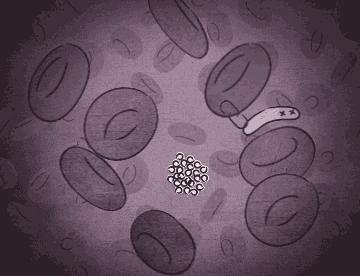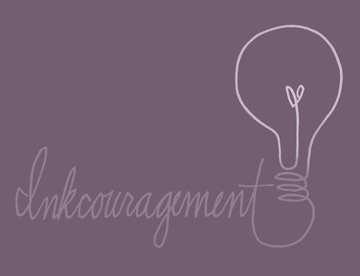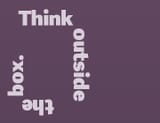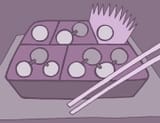
Don’t Make Me Turn This Project Around...
As I sit in my living room, laptop open and a Cognition column awaiting my two cent contribution, I listen to the sound of my three children shrieking upstairs. It’s bath time and they’ve been freed from the prisons of their clothing. They may or may not be careening into one another in a darkened second-floor hallway, laughing like maniacs. Parenting, like client services, is the management of the wackiest of variables, people.








